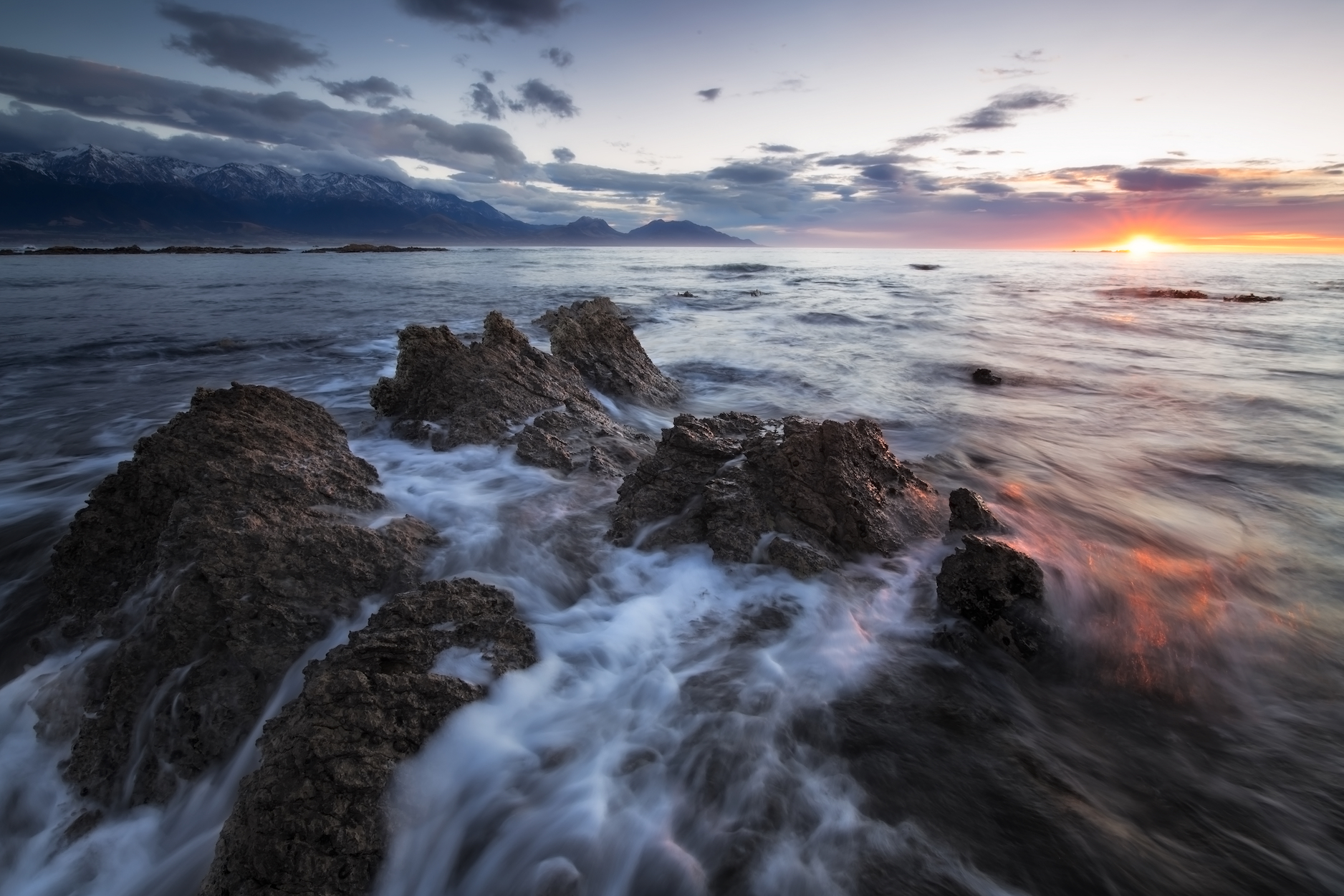
Monitoring seabed earthquakes could aid in early detection
An expedition currently underway off the coast of New Zealand could provide important information for understanding certain types of earthquakes and tsunamis as well as aid in early detection.
The mission’s goal is to study plate movements in the Hikurangi subduction zone, which is located by New Zealand’s North Island in the Pacific Ocean.
Scientists from Pennsylvania State University and GNS Science are leading the expedition which was funded by the National Science Foundation (NSF).
Two sub-seafloor observatories with equipment will be lowered 1,641 feet below the seafloor into the subduction zone thanks to the scientific drillship JOIDES Resolution.
The equipment will monitor movements, temperatures, and record any changes that occur in the subduction zone for five to ten years.
“This expedition will yield information that’s key to understanding why destructive tsunamis happen after shallow earthquakes and after underwater landslides,” said James Allan, a program director in NSF’s Division of Ocean Sciences.
The reason the Hikurangi subduction zone was chosen is the potential to study the little-understood phenomenon of slow-slip earthquakes which happen in the area every 12-24 months at shallow depths.
Slow-slip earthquakes occur as a result of movement among tectonic plates over a long period, but they have the same impact and effect that typical earthquakes do and can cause major tsunamis.
The National Science Foundation noted that the subduction zone is part of the Pacific Ring of Fire and could be capable of creating earthquakes greater than magnitude eight.
“We don’t yet understand the slow-slip processes that cause faults to behave in this way, and we don’t know very much about their relationship to large subduction zone earthquakes,” said Demian Saffer, the co-leader of the expedition.
Studying slow-slip earthquakes could help with early earthquake detection, and according to the NSF, better understanding this type of earthquakes is the missing puzzle piece to understanding how the world’s faults work.
—
By Kay Vandette, Earth.com Staff Writer













